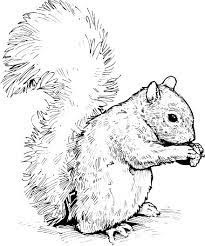Vertebrate Pest Conference: Proceedings

Vertebrate Pest Conference Proceedings: 29th (2020)
Date of this Version
2020
Document Type
Article
Citation
Proceedings, 29th Vertebrate Pest Conference (D. M. Woods, Ed.) Paper No. 32. Published November 13, 2020. 5 pp.
Abstract
Interest in beaver-related restoration is growing in the western U.S. but understanding the basic ecology of American beaver and their population dynamics is often overlooked when integrating beaver into stream restoration goals. Our study investigated the spatial-temporal distribution of beaver colonies and their damming activities to better inform stream restoration projects in the West Fork Cow Creek Basin of the Umpqua Watershed in southwestern Oregon. During fall 2017, we conducted beaver activity surveys at 144 randomly selected reaches predicted to be either suitable or unsuitable for damming, but suitable for beaver occupation. We categorized beaver use at each reach using assessments of their activities and time of last use. We recorded dam structure and impoundment characteristics at all identified dams. Evidence of beaver activity was documented at 57% of locations suitable for dam establishment and 48% of unsuitable dam sites. Beaver dams were found only in reaches identified as suitable for damming and were concentrated throughout two tributaries located on private ownership. Our beaver activity observations will be combined with other data collected in the Umpqua Watershed, and used to construct a probability of use model that will identify dam and non-dam habitat associations. This work will provide novel insights into the landscape ecology of beaver, and inform critical decisions involving trade-offs of ecological benefits and human-beaver conflicts in freshwater systems of interest.
Included in
Natural Resources Management and Policy Commons, Other Animal Sciences Commons, Other Environmental Sciences Commons


Comments
U.S. government work